The Chagall Committee’s decision to seize and burn a painting after deeming it a fake has sparked fresh debates about how the art world should tackle forgery. Is there value to be found in these copycat works? Several museums and galleries seem to think so: here are a few of the exhibitions that have taken a closer look at fake art.
The Springfield Museums’ timely exhibition of notorious forgeries is still open. It takes a look at the cultural con men behind the scandals, presenting their original work alongside fakes, and promises to delve into the mind of the serial forger.
The National Gallery took a more historical view in its 2010 exhibition, which promised to reveal ‘the vital contributions of applied science to the understanding of Old Master paintings’. Its controversial case studies proved that forgery isn’t just a contemporary phenomenon.
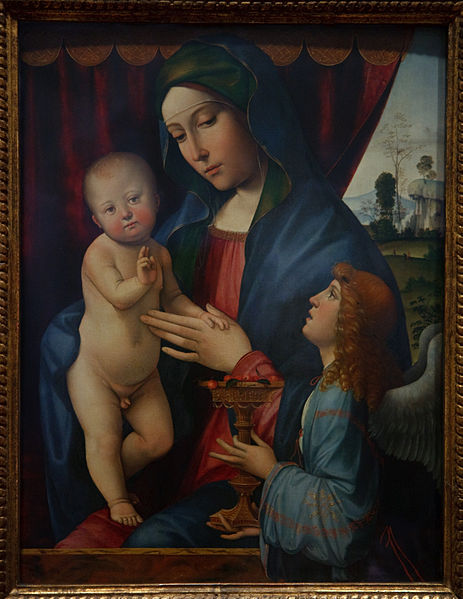
Madonna and Child with Angel (c. 1495–1500), Francesco Francia. A copy of this original painting is in the National Gallery’s collection Carnegie Museum of Art. Photo: Moira Burke (Creative Commons)
This exhibition of copied artworks caused a controversy when it opened in Paris. Pieces by post-modern ‘appropriationists’, who openly reproduced art by modern greats from Picasso to Hirst, were displayed alongside their sources. Various angry heirs and relatives spoke out in the press against the show, criticising the ‘vampires’ who had dared to copy the original artists’ works.
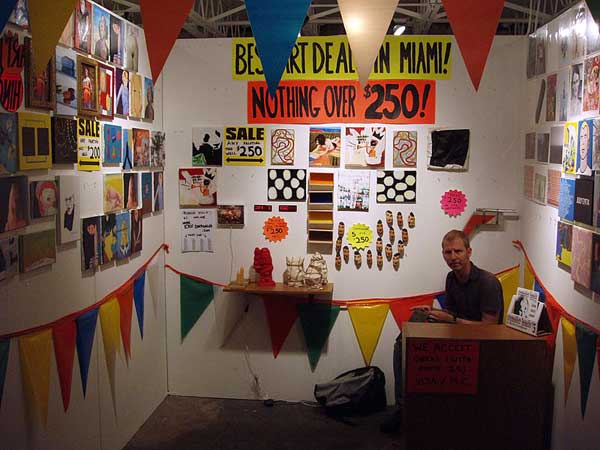
Eric Doeringer’s Bootleg stand in Miami, 2007. The artist’s ‘Bootlegs’ (unauthorised copies of contemporary art), were among the exhibits in ‘Second Hand’. Photo: Michael Mayer (Creative Commons)
In 2008 the Brooklyn Museum discovered that a third of the Coptic sculptures in its collection were modern fakes. Instead of hiding the items away, the museum staged an exhibition about the research behind the revelation, noting rather pointedly that ‘a comprehensive study has yet to be undertaken’ of Coptic sculpture across the globe.
Related Stories:
Unfortunate Fake: ‘Chagall’ painting to be burnt as a forgery (Maggie Gray)
Fixed Price: valuing fake and damaged art (Katy Barrett)
Unlimited access from just $16 every 3 months
Subscribe to get unlimited and exclusive access to the top art stories, interviews and exhibition reviews.


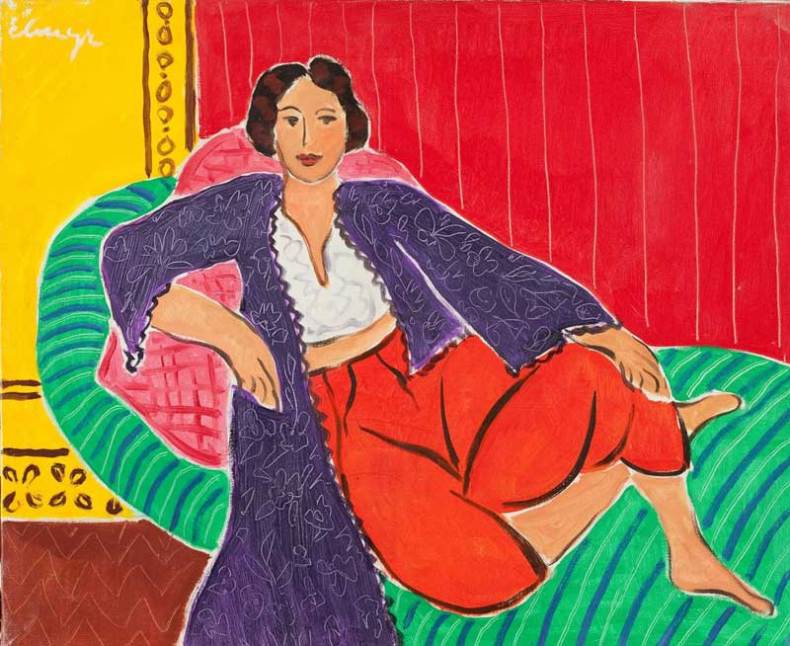
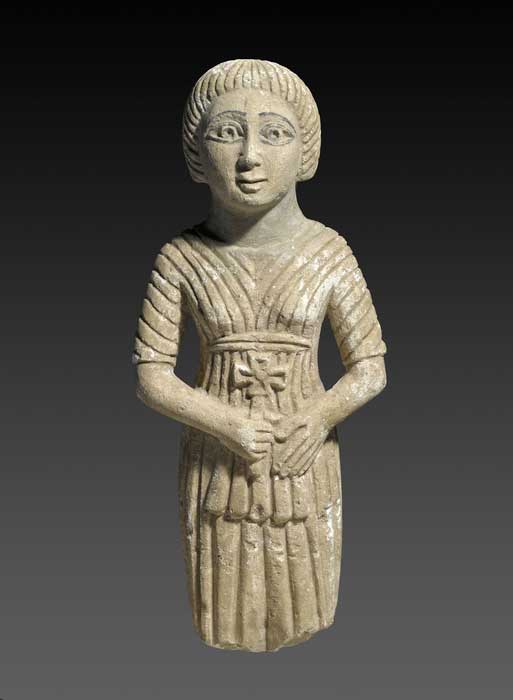
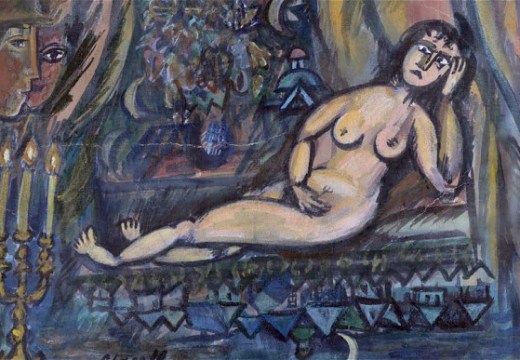
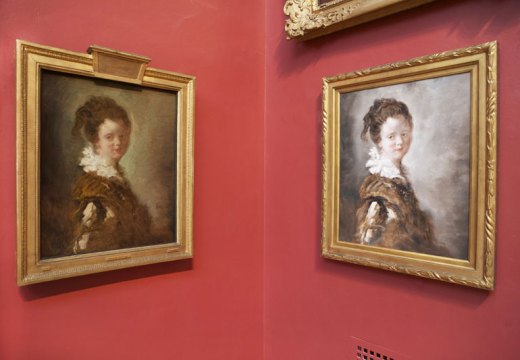









![Masterpiece [Re]discovery 2022. Photo: Ben Fisher Photography, courtesy of Masterpiece London](http://www.apollo-magazine.com/wp-content/uploads/2022/07/MPL2022_4263.jpg)
The threat to Sudan’s cultural heritage